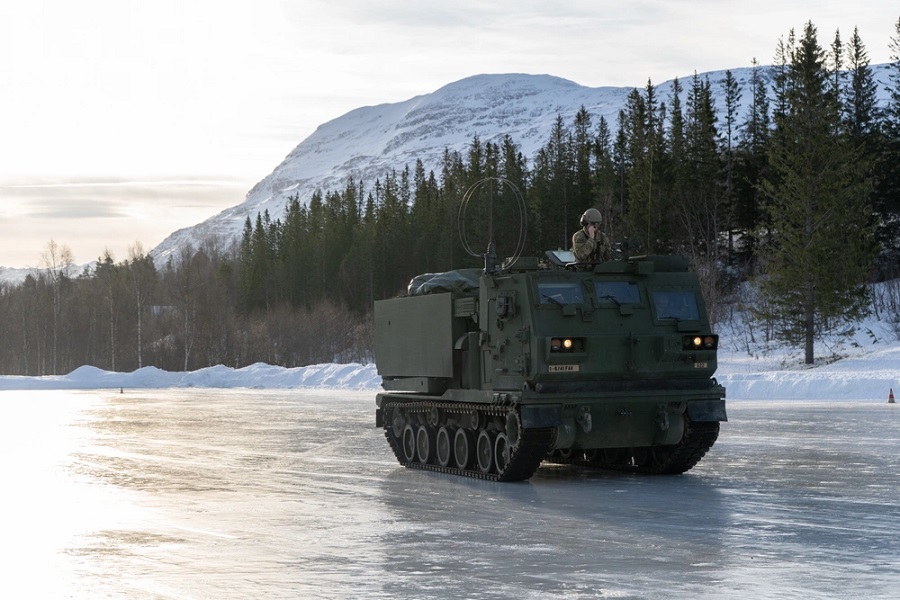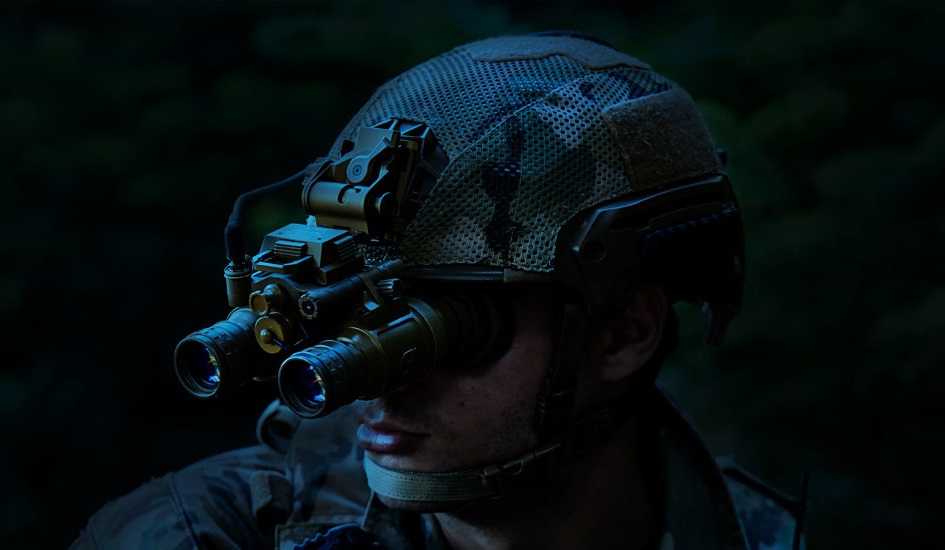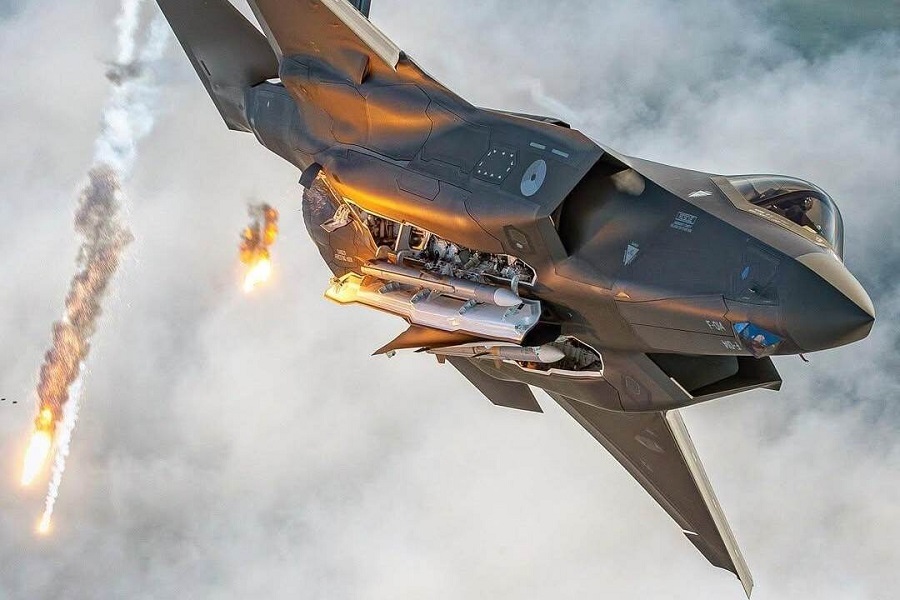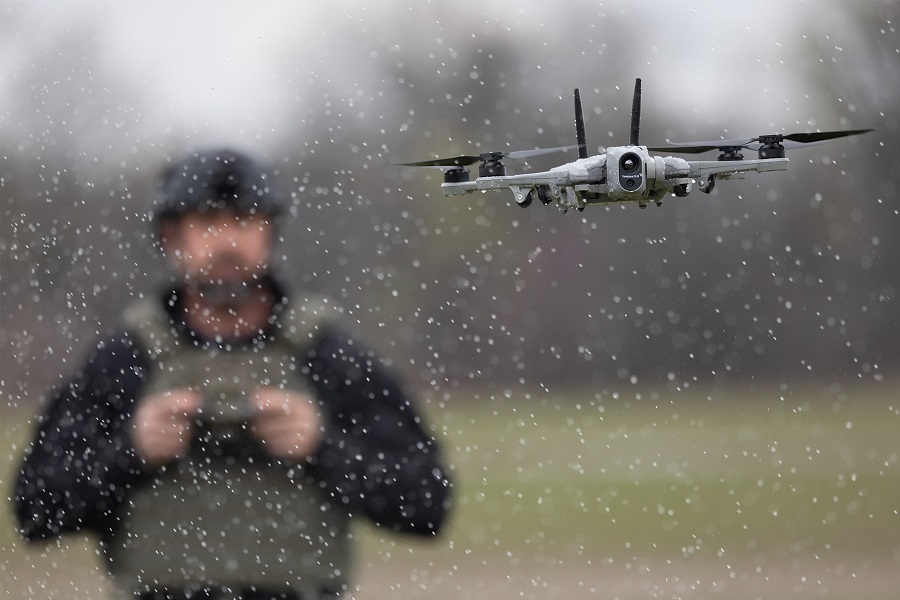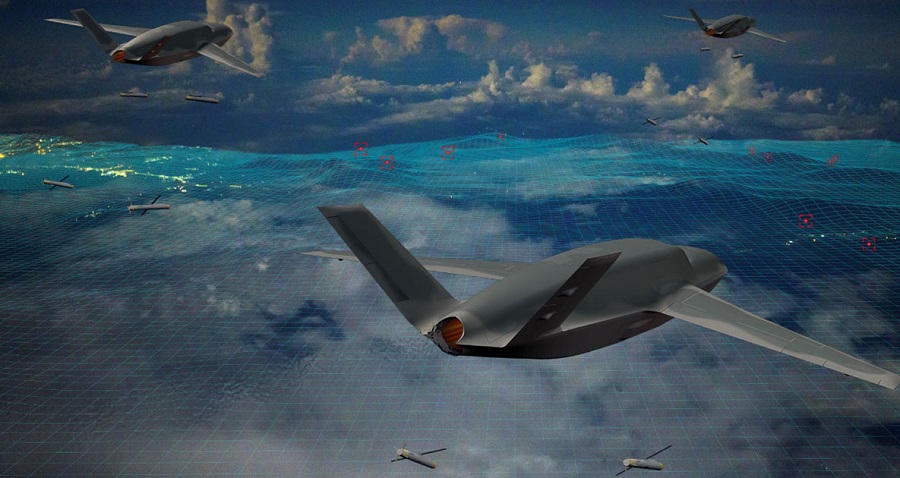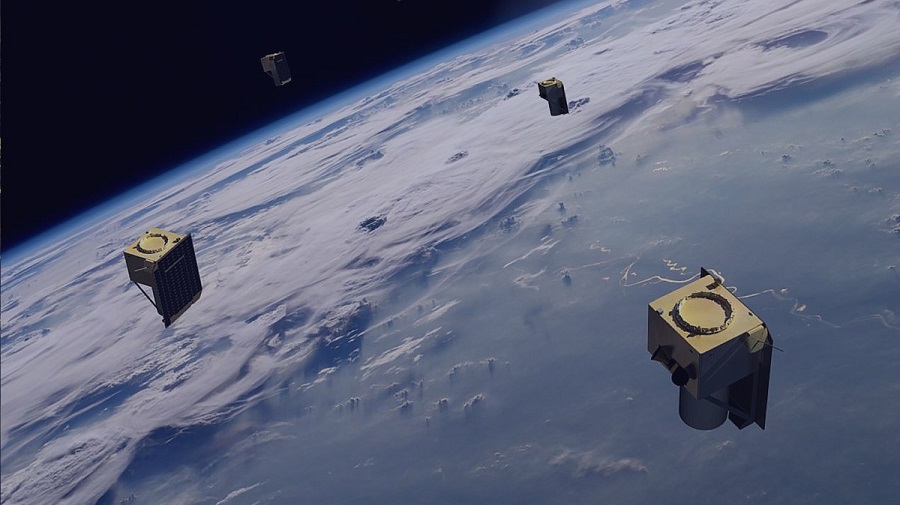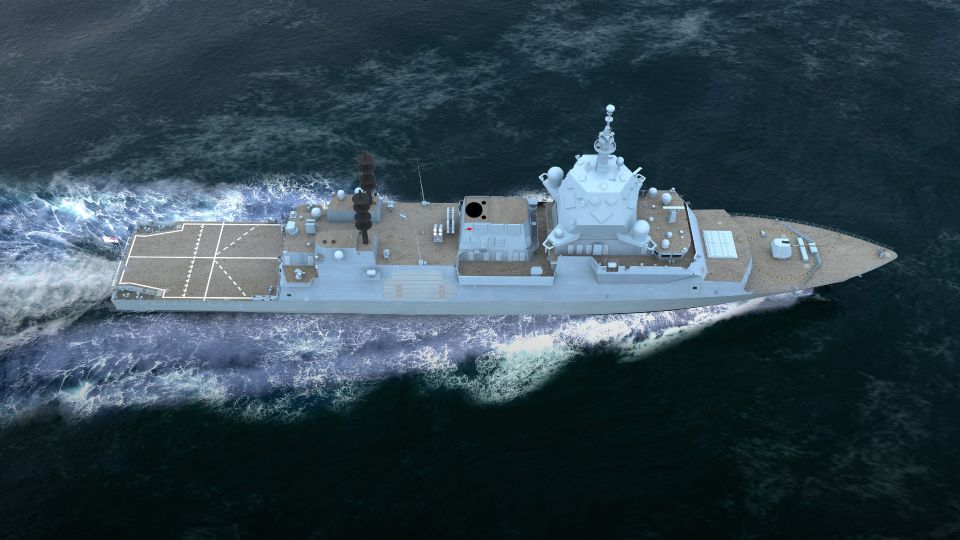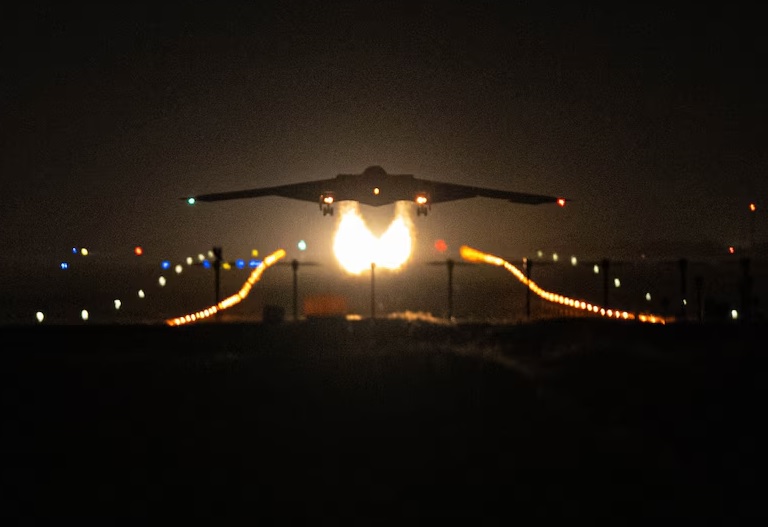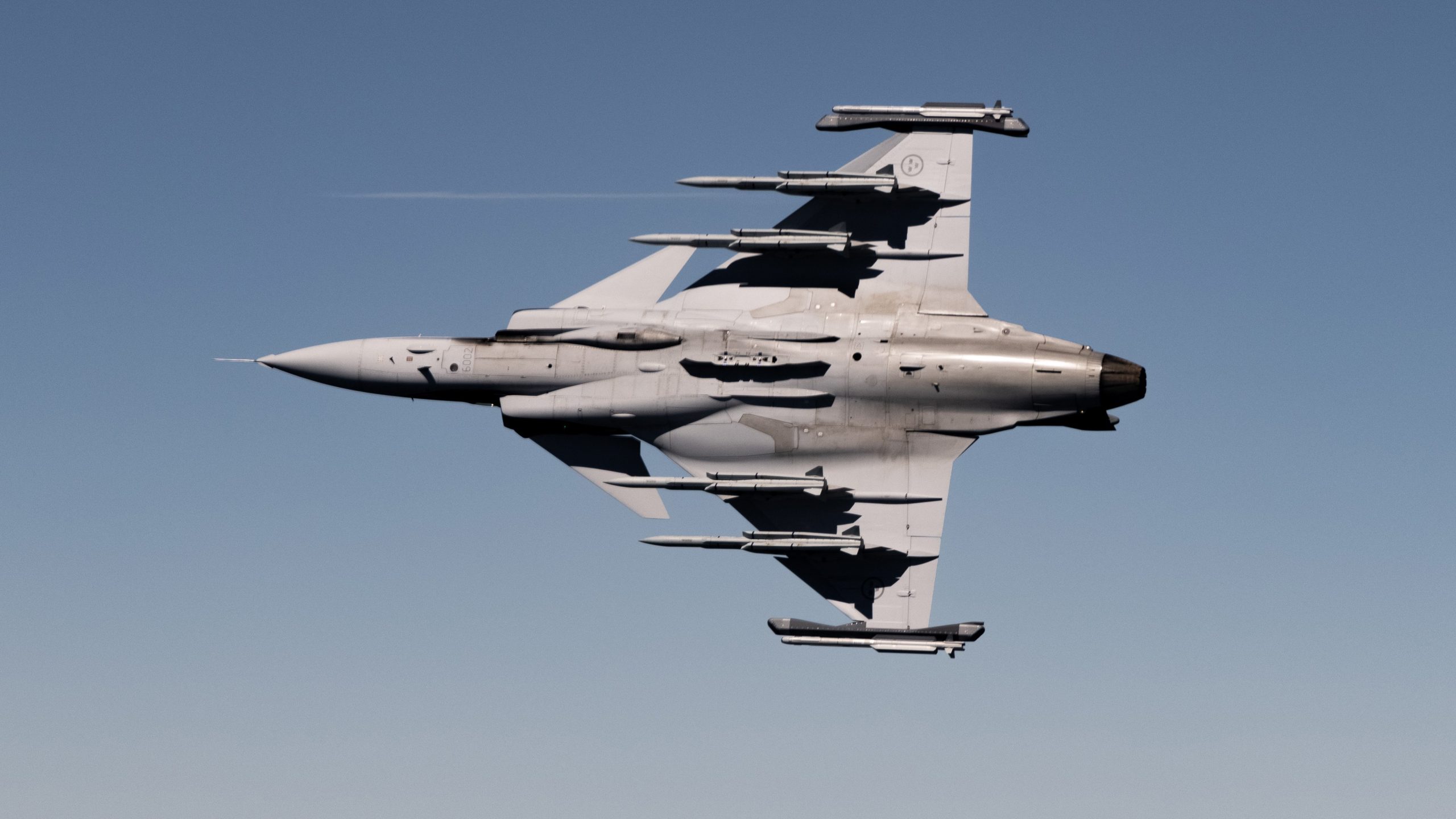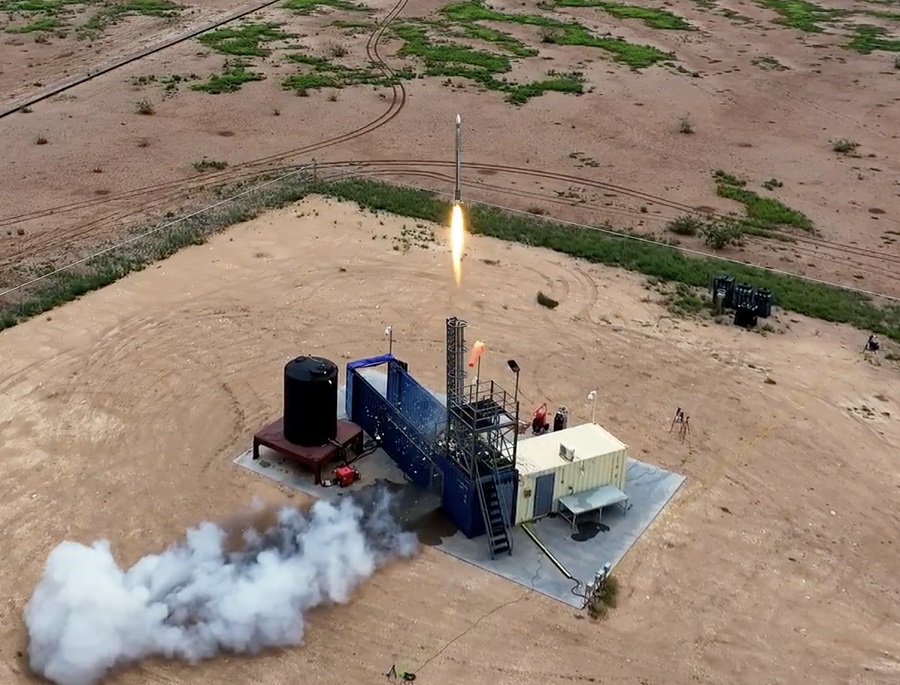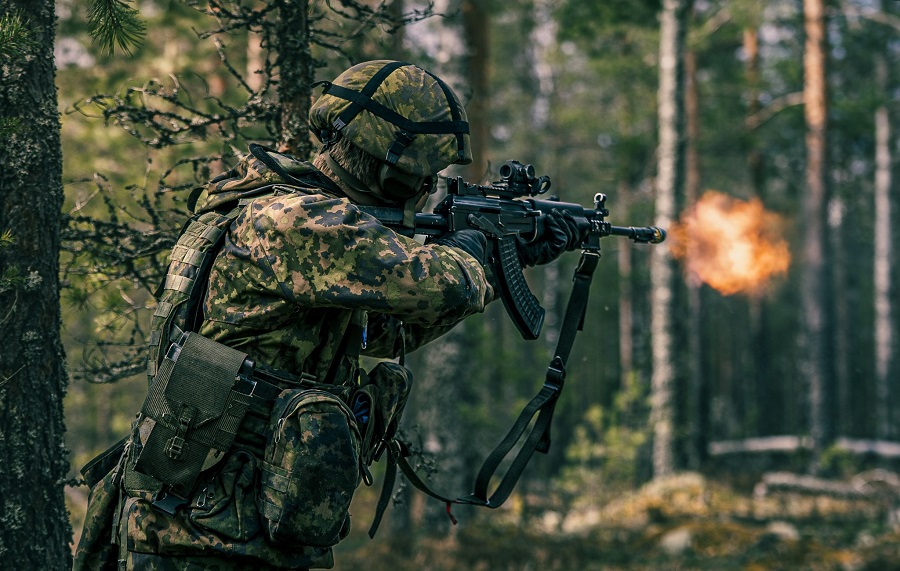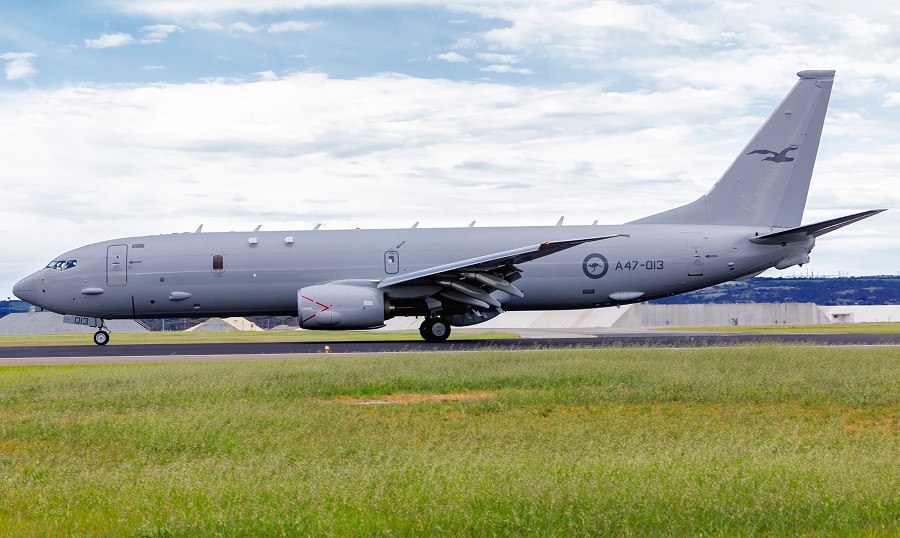Led by NATO-certified winter instructors, the programme covered essential skills such as cold weather injury prevention, arctic terrain navigation, and the construction of improvised shelters. Soldiers also learned cold-weather maintenance techniques to ensure their equipment remains operational in freezing temperatures.
A key component of the training was an Arctic driver’s course, where soldiers were taught by their Norwegian counterparts how to navigate icy and snow-covered terrain. This skill is crucial for ensuring the safe and effective movement of personnel and artillery in combat scenarios.
The training concluded with a challenging cold-water “polar plunge,” where soldiers jumped into an icy lake carrying a heavy rucksack. This exercise tested their physical and mental resilience, preparing them for potential emergency situations in the field.
According to 1st Lt. Ian Whittington, a NATO winter instructor, the training enables soldiers to operate effectively rather than simply endure the harsh conditions. “It allows us to not worry about the cold, but to just march on and operate,” he said.
Spc. John Bosley, a battalion medic, emphasised the importance of adapting to the Arctic environment, particularly for artillery operations. He highlighted that cold weather is the primary operational challenge in this terrain, making specialised training essential for success.
The Arctic familiarisation exercise is part of Joint Viking 25, a multinational training event hosted by Norway to enhance cooperation among NATO allies. The exercise includes military personnel from the U.S., Norway, the Netherlands, Finland, Germany, Denmark, and the United Kingdom.
As part of the exercise, 1-6 FAR deployed from Grafenwöhr, Germany, to Setermoen, Norway, demonstrating its ability to reposition quickly for Arctic operations. The training will culminate with a live-fire exercise using the new M270A2 Multiple Launch Rocket System, testing its capabilities in extreme conditions.



